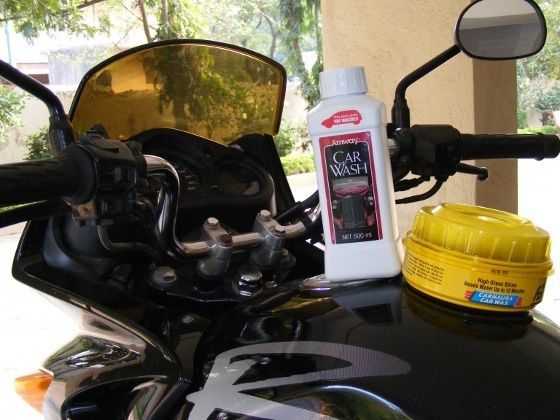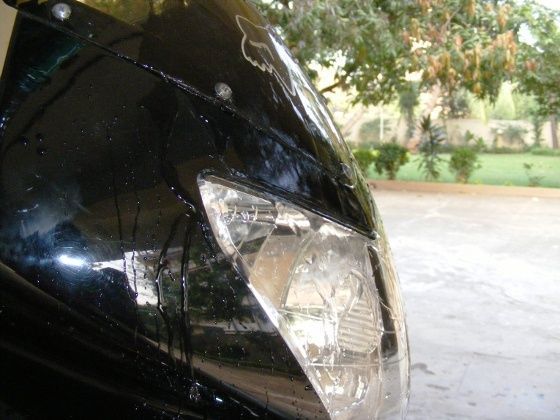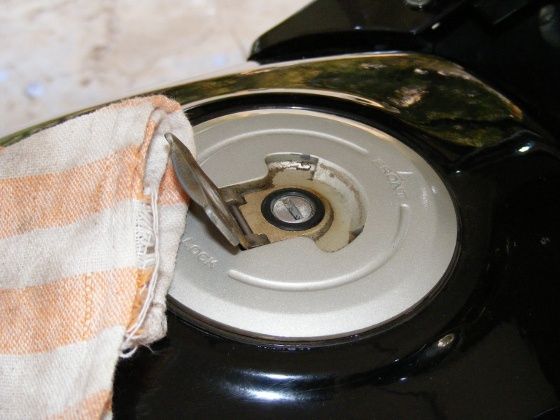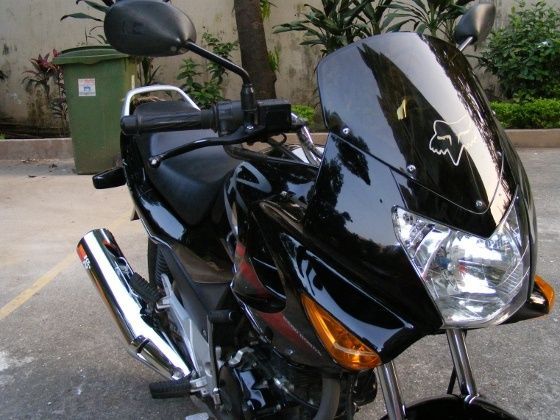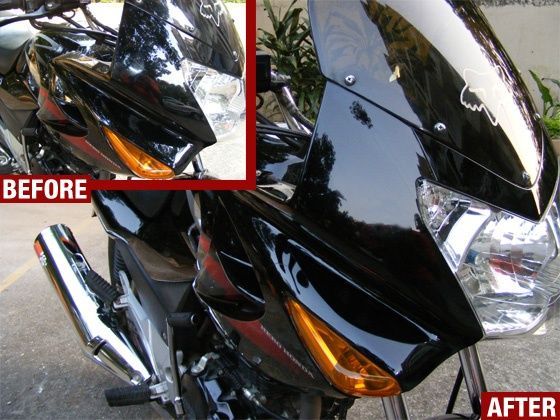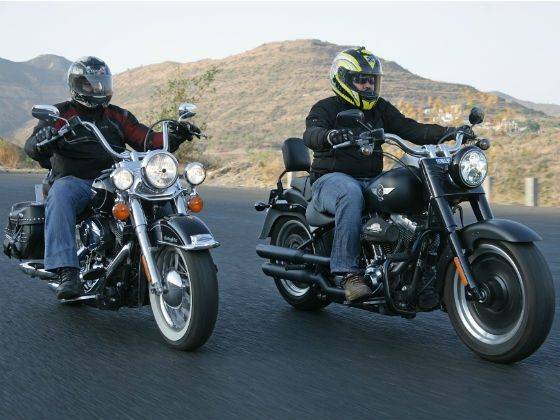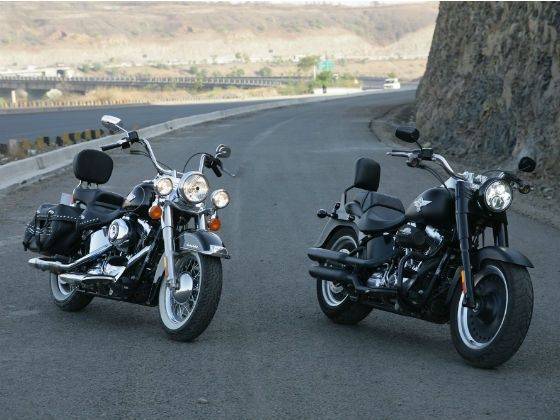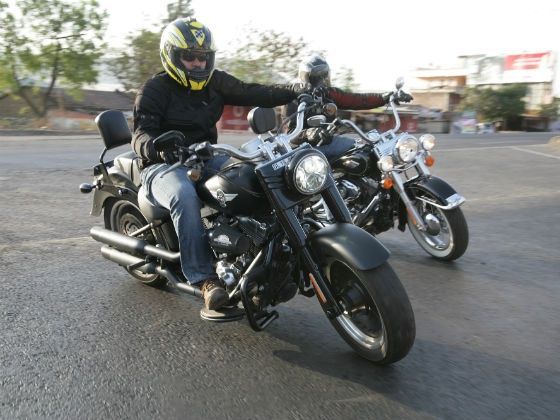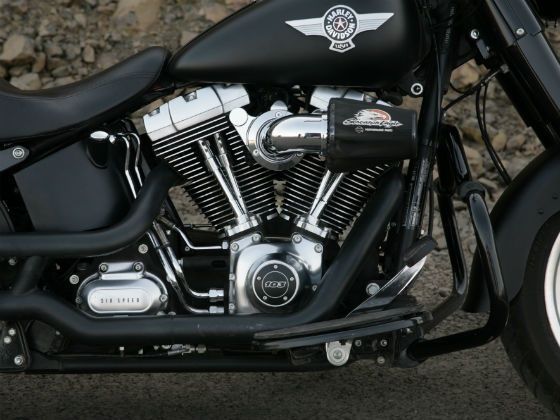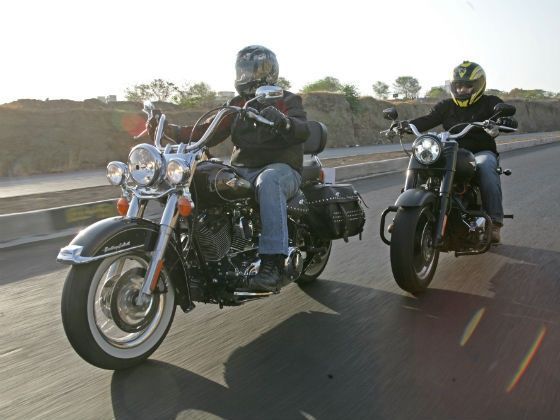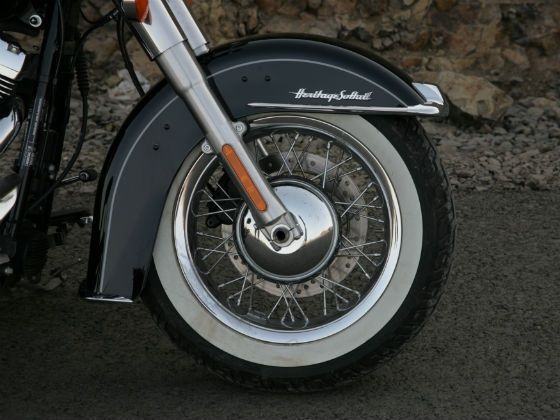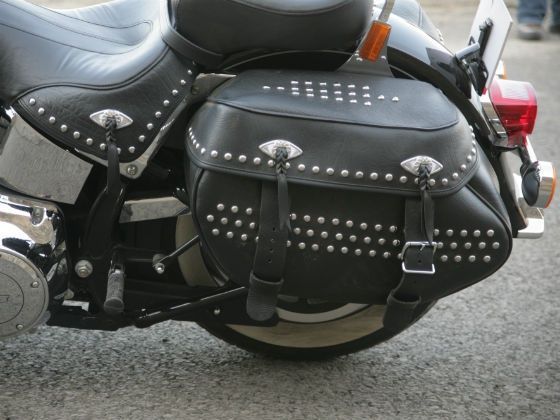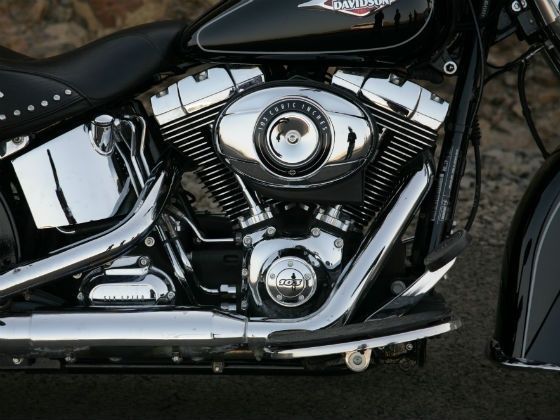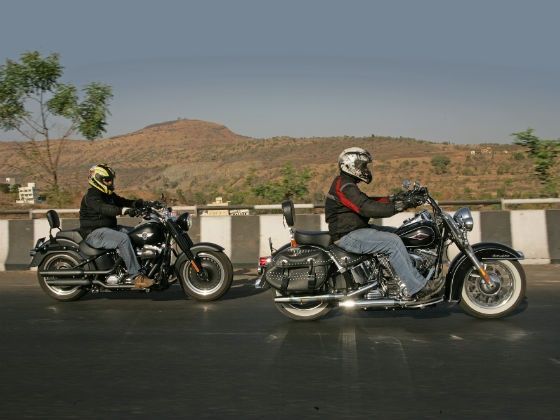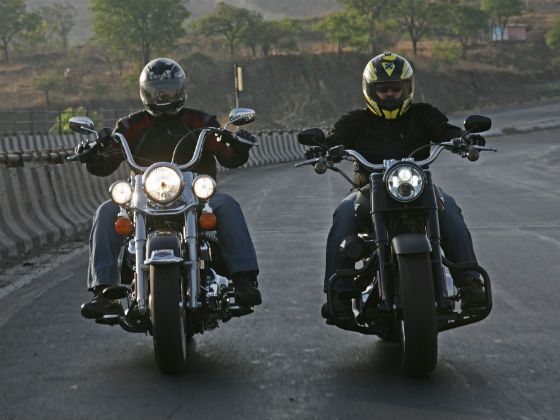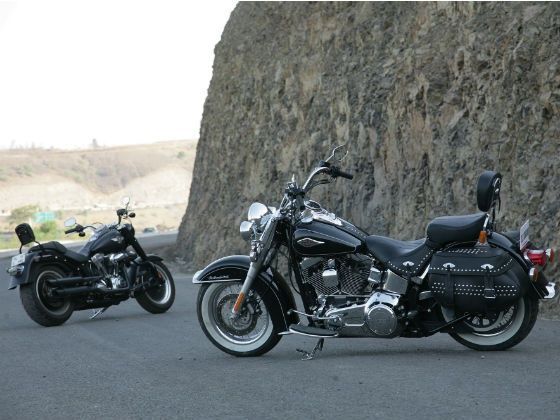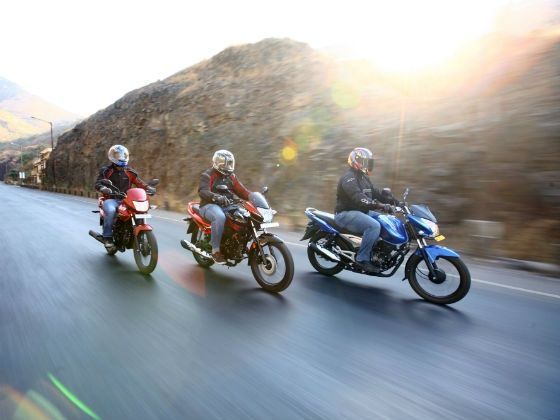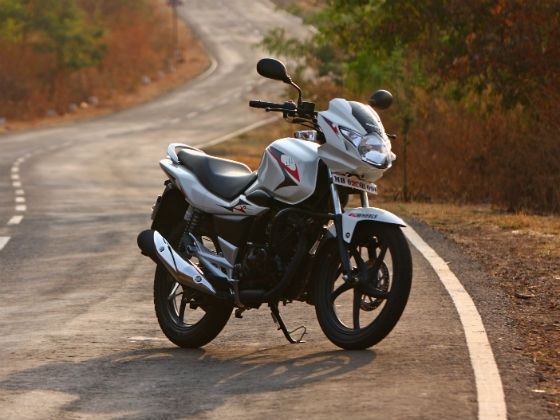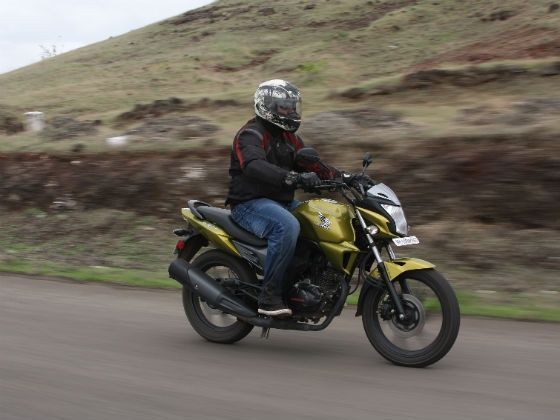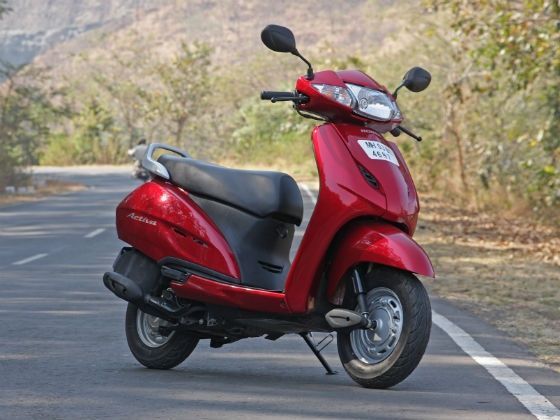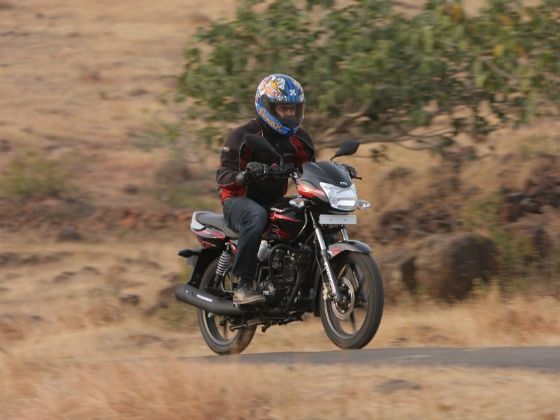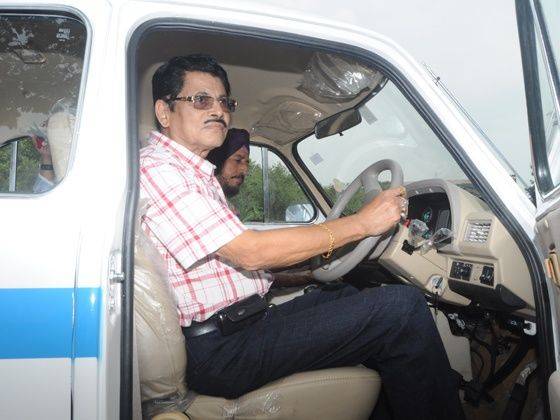Is the Ford
EcoSport with its high and wide go-anywhere stance with the exterior
package being clothed in SUV-style sheet metal and yet drives like a
front wheel drive hatchback? We take it for a nice spin around Goa to
give you a more in-depth analysis
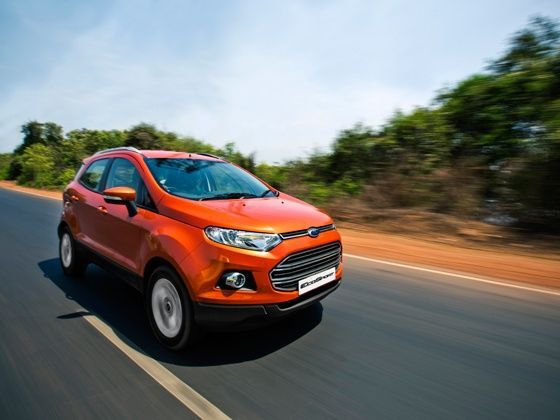
Nothing better suggests the very concept and build of the newest Ford in
India than the spanking EcoSport which is ready for a mid-June launch,
more than a year and a half after we first saw a full size mock-up at
the last Auto Expo. It hasn't always been to Ford's great strength in
using its SUV-experience in the US to try and develop an SUV-ish vehicle
for emerging markets and even though it did try once to come close with
the Fusion, the smallish alter-hatch flattered only to be deceived on
the pricing front. Mind you the Fusion was delightful but priced out of
reach and this impacted and/or signified most moves Ford has made in India so far. But then this is not about Fusion or the past but about a new move forward and thus EcoSport.
First off the very basic aspect of the visual is the strong retention to the original concept and here Ford certainly has broken new ground for a car that has much riding on it. Never before did Ford ever
launch an all-new car in India (well we could be forgiven for saying
this but then this car is also made in Brazil) but this time round the
timing and the basic proposition are spot-on, even though we do not as
yet know the pricing. Additionally, the onus on the technology applied
plus the all-new thought on downsized engines should pay off big (on
operational costs) as well without skimping on the pleasure-to-drive
aspect which is so fundamental whether it be an entry-level hatch or a
big bore sports car!
It is a proven fact the world over that everyone and his or her
grandmother aspires to drive and own an SUV. If that weren't so why
would Chidambaram and his cabinet buddies impose a blatantly arrogant
tax on cars which are ideal to traverse broken down roads which the very
same bunch have apparently not mended? But this is not the time to
digress and yes there did always exist a sweet spot for small compact
automobiles which could have that high and wide go-anywhere stance with
the exterior package being clothed in SUV-style sheet metal and yet
drive like a front wheel drive hatchback.
If anything Premier Automobiles
found this spot but the Rio hasn't exactly found the sweet bit as yet!
And therein lies the gap between it on one hand and the Renault Duster on the other and one has to see how Ford positions
the EcoSport in this band or beyond it (yes they can do it as they have
demonstrated so ably to their chagrin in the past!). Price positioning
on value will be key because that may make or break this model which has
been hyped for so long.
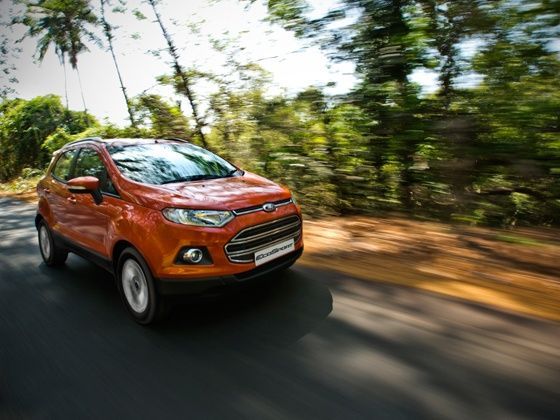
Employing Ford's kinetic design philosophy, if ever a car screams go-anywhere so stylishly then it has to be the EcoSport. From its large Aston-clone grille dominating the front end to the excessively raked windscreen and sculpted sides plus that obviously wedgey glazed area culminating in a wrapped up rear windscreen, this is surely a finely turned out offering, stylish without being an overt dandy and looking substantial the way an SUV is perceived to be.
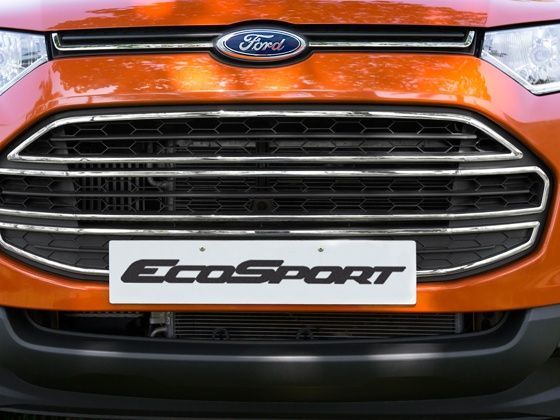
Even with its high squat stance riding on ample 205/60 R16 tyres, the EcoSport means business but without sacrificing its aerodynamic efficiency. If anything the EcoSport shows the value of time spent doing ample CFD work and in the wind tunnel tweaking the exterior and also the underfloor area has resulted in it having one of the most finely tuned exteriors able to cut its way through the wind. An aerodynamic co-efficient of drag of just 0.371 marks the EcoSport as a most slippery performer, even though it might not appear overtly to be so!
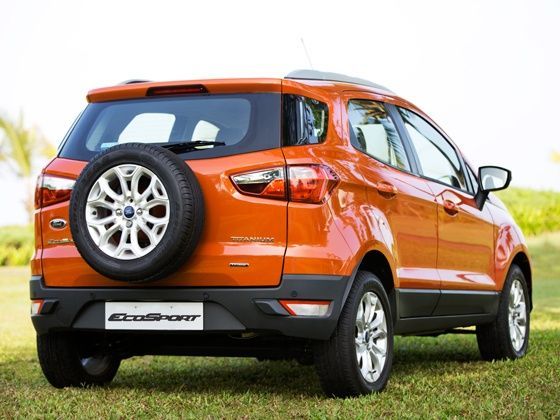
Riding on a 2520mm wheelbase, the EcoSport is just a millimetre shy of nudging the 4-metre mark and that is of course sans its tailgate mounted spare wheel. And this spare mounted for all the world to see further adds to the go-anywhere perception of the vehicle. Mind you the tailgate which is hinged sideways has obviously been designed with countries which drive on the right hand side in mind, as it swivels open from right to left.
This obvious glitch aside as also the wiper and indicator stalk switches on the steering column for the right hand drive roads, everything else about the EcoSport falls naturally to hand. Open the doors to step in or out and the ease with which you do the deed highlights natural form to make things easy for kids, women and the old. It is, however, when you get into the cabin that you realise how compact this 'SUV' really is.
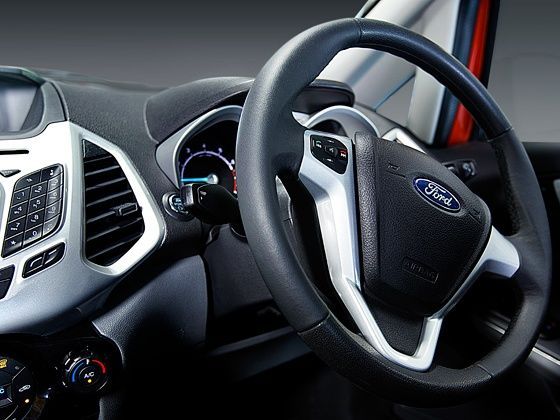
A well-designed steering wheel with audio controls and brushed aluminium inserts sets the tone while the pronounced dashboard lifted straight from the Fiesta but with slight detail changes looks pretty much par for the course. The angled air con vents on the central panel as well as on the extremes of the dashboard have been made to be both functional and add to the visual delight, much the same as the rotary switch console for the climate control system.
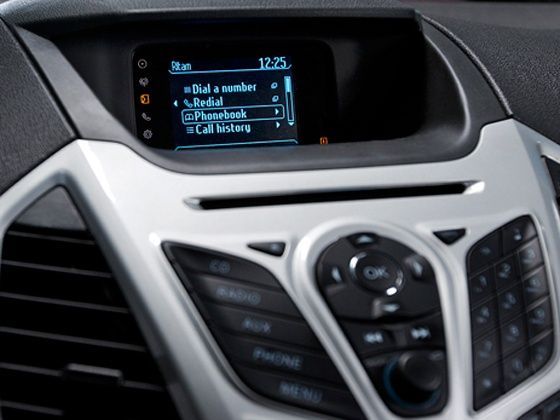
Analogue instruments thankfully find favour in the EcoSport but there is a driver information display placed venally atop the dashboard which spews out real-time data should you need to keep tab on driving distances, mileage, etc. The quality of the materials employed is not flashy but functional and the fit and finish is impressive, from the door pads to the roof lining, from the form of the seats to the way the tactile bits feel reassuringly good.
There is an element of feel good about the front end of the cabin which has been carried over at the rear as well but only if you want to seat two in reasonable comfort! Mind you the wide stance one makes of the EcoSport from the outside disappears within thanks to average shoulder space which rules out comfortable seating for three.
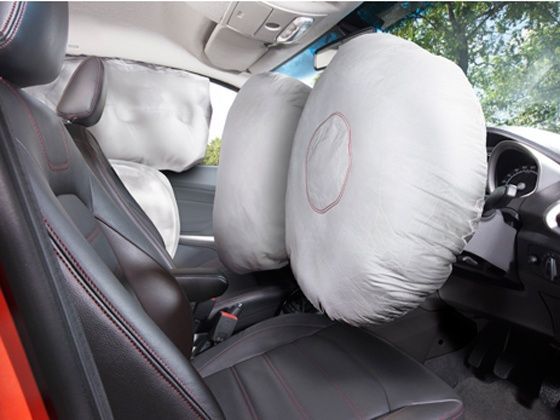
If you want to see a paragon of space efficiency then look no further than the Honda Amaze but the EcoSport can only have a small child wedged between two adults and that too with none of them being comfortable in the least bit! I think that some of that design flourish on the exterior has been carved at the expense of the useable width in the car as if to reflect on the compact SUV theme!
However, there is ample leg and head room at the rear for two adults but then again the lack of a central armrest plus the glaring lack of grab rails on the ceiling do make us ask as to is this it or is it still WIP - work in progress? I asked one of the Ford boffins at the media drive about this and he also had a valid point - what to do if shoulder and head air bags were to be specified? I think the whole point of his argument was lost because those specifying the air bags would be the rarest of rare - in India that is, but those cursing Ford for not keeping grab rails would send across loud and clear signals, maybe using colourful colloquial language to ram home their point!
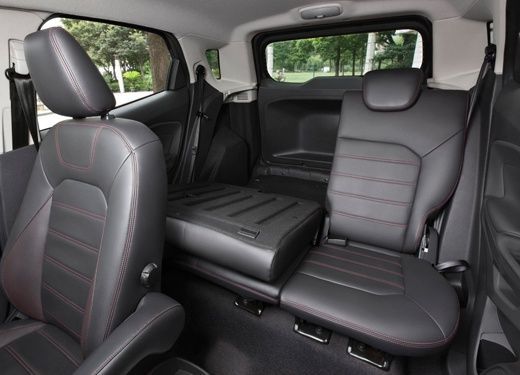
The good thing though is that it is not just about the visual drool appeal that has us excited but for sure what is under the hood and how that works to move the mass is the one key area where Ford has made the biggest advance to seduce the mind! And that too most emphatically ever in its second Indian foray beginning since the early 1990s.
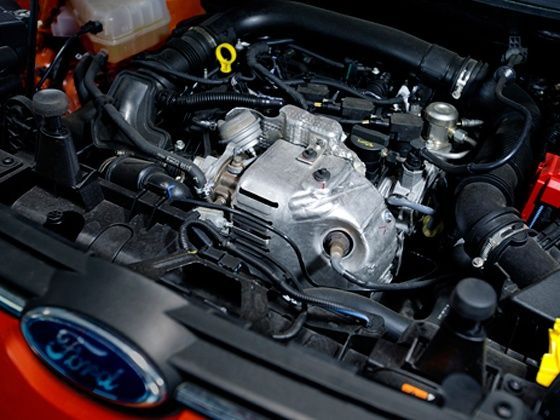
So many speak about small engines being loaded with top-drawer physics to do the impossible but here we have a small sub-one-litre triple with turbocharging and direct injection plus a few smart yet logical thoughts punching above its weight. Mind you others have also made three-pot motors but here the thought is to make virtue out of a packaging solution even when you have the odds stacked up against you. I will not repeat what I have said about the new technological marvel that is the 999cc EcoBoost motor suffice to say that it works brilliantly in doing more with less!
Ford will be offering the EcoSport with three engine options which include the 999cc EcoBoost plus the 1.5-litre petrol and diesel engines which do duty in the Fiesta. All three engines come mated to the standard 5-speed manual gearbox also employed in the Fiesta though the 1.5-litre petrol can also be specified with the six-speed Ford PowerShift automatic transmission. We haven't had an opportunity to drive the larger engined EcoSports but then the paradigm shifter EcoBoost makes such talk redundant. It might not have four-wheel drive but even with front wheel drive Ford has equipped the EcoSport with enough tech to ensure that it apes an SUV in certain situations - Hill Launch Assist is one where it helps the driver make a start on an incline in utmost safety.

Before I move on to the actual driving assessment, a mention must be made about the structure and the suspension. The overall monocoque is a pretty robust yet well thought out piece of engineering which makes do with normal suspension aggregates (MacPherson struts up front and torsion beam set-up at the rear) to deliver a good balance of ride and handling. Special boron steel along with other grades of ultra-high-strength steel have been used to make the super-structure not just light but strong with high levels of impact resistance to dissipate crash forces away from occupants.
First things first and that is all about the way the three-pot motor has been mounted in the vehicle along with the clever out of sync thought to cancel the primary vibes which afflict most such triples. Having to make do without a balancer shaft necessitated many new innovative thoughts and all of them were in the direction of reducing NVH and that is one of the strong aspects of the drive experience - refined, relaxed and comfortable. How many can attribute this to the performance aspect I don't want to wade into suffice to state that to get to doing more from less has begun with exceedingly low levels of NVH from the design stage itself and this is a big strength of the EcoSport.
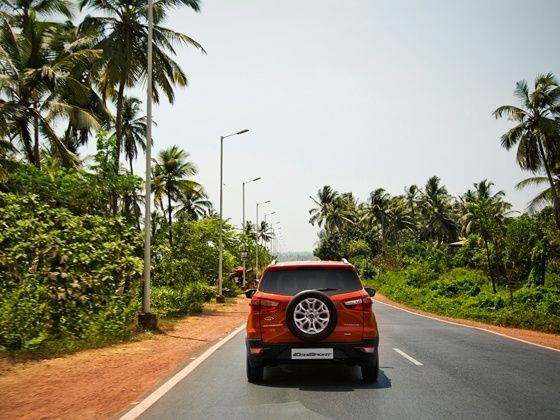
The engine fires up whirringly with none of that primary rocking and yet gets into a steady idle straightaway. Once on the move as you go up through the 'box, what strikes you is a seamless stream of torque which is thick yet not obtrusive, and all the while hinting that there is more to come should you need it. Of course there is a way to modulate your right foot on the loud pedal because this is where it can reward you big, both on performance and also on fuel efficiency and this lightness of foot has to be the way to getting more from less!
I like the surge of the engine when needing to overtake on tight Goan roads or on the highway where dropping a cog from fifth produced a good burst to move past long artics and then hold steady at around 2200 to 2400 rpm. This is the modern way of the petrol engined world, one which engineers have tried to make it ape a diesel without sacrificing the feel and refinement plus zest of a spark ignition offering.
I think that it rewards in very many ways and should one perfect the light-of-foot approach to driving then you will have the pleasure sans the pain. Speaking of which I was happy with the way the simple turbo spooled up quickly with barely any lag except of course if in time honoured Indian driving habits of lugging it from way too low engine speeds in too high a cog then the inevitable does result. So while Ford's engineers have revisited the basic tenets of the internal combustion engine, many a driver would do well to re-approach the way he or she drives to get the best out of this brilliant motor. Of course we haven't been able to put it through the test regime but overall the feel and the delivery mark it out as ultra capable. Just for the record, the ARAI test has pegged the EcoBoost-powered EcoSport at 18.9 kmpl.
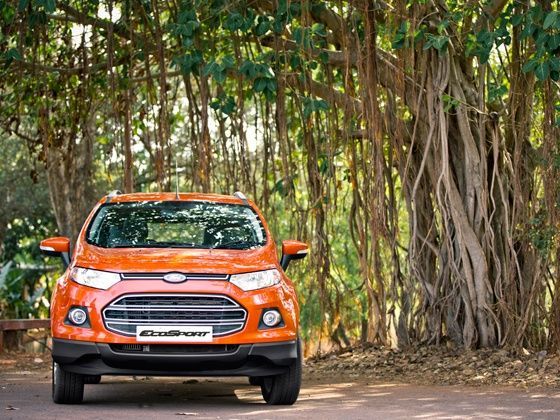
The manual 5-speed gearbox is delightful in not just its cog swapping action but also in the feel and the short throws which provide a sporty edge to the pleasure. If that is not all, the surety of precise steering from the EPAS electrically assisted steering gear is another delightful detail - unobtrusive but highly effective. This also has the Pull-Drift Compensation system incorporated within to sense out road surfaces and deliver the correct steering inputs for better directional stability. The Active Nibble Control built into the steering system further cancels out vibrations and other details from spoiling the steering feel without cancelling the feedback to the driver. The EcoSport delights with its 10.65 metre turning circle making it a highly manoeuvrable animal in the urban environment.
Ride and handling is an area where the EcoSport has got a good balance going. Many a time I have heard many so-called proponents suggesting Ford makes the best driver-oriented cars only for them to come croppers when it comes to all-round family usage. The EcoSport is one car where the car delights with good manners in the handing department yet tops it without compromising on the ride element. For all round family usage this is critical and maybe Ford has heard this for long and acted on it to a degree. I made it a point to be driven while seated at the rear on the rutted Goa roads and I was impressed enough with the way the EcoSport rode the bumps and the craters yet remained composed without unsettling me in the back. Made me aware of the lack of grab rails though!
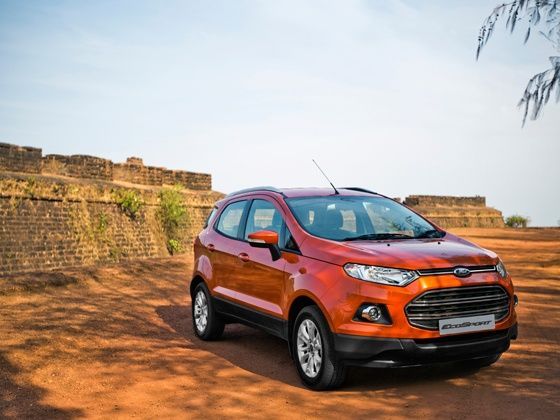
Another very important feel good detail on the car is the climate control system though it can take time to cool the rear. We had the top line Titanium trim version where it came with 16-inch alloys wrapped in MRF rubber, rear parking sensors, keyless entry, leather seats (would have much preferred good quality fabric stuff here for India) and steering wheel, push button start, a slew of air-bags and of course SYNC, the new gen connectivity platform that it has engineered with Microsoft. This is the first expression of this system in a Ford car in India and uses voice commands from the driver for activating music, making calls, etc. It is also hooked up to 108 helpline should it detect the air bags have been deployed or the fuel pump has been shut off, both cases indicating a mishap or such making quick rescue aid attempts possible.
I could go on and on about this delightful little gem but knowing Ford and the way it has worked in India so far, I would like to see it play off its price positioning for this vehicle and also to see how well it delivers in the real world in the long term. These are key indicators of which one would be answered by mid-June while the latter and more telling aspect would only be revealed some months down the line. Whatever be it though, the die has been cast. Small triples can never stay as they have been, it is the EcoBoost manner or nothing is the way forward.
